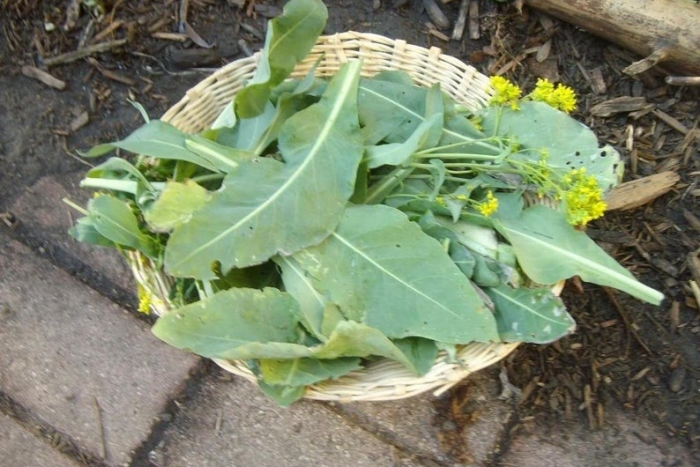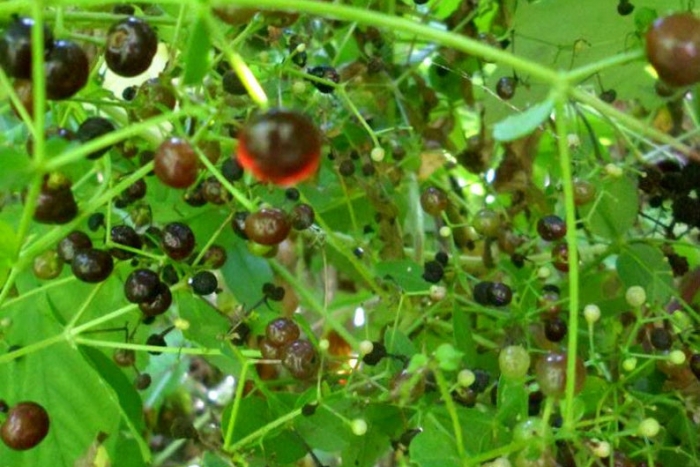Dye Plant Seed Collection 5 Packets of Dye Plant Seeds 1 Packet Each Japanese Indigo Marigold Coreopsis Madder and Woad Natural Dye Seeds
Dye Plant Seed Collection 5 Packets of Dye Plant Seeds 1 Packet Each Japanese Indigo Marigold Coreopsis Madder and Woad Natural Dye Seeds
$22.75
f
This listing is for 5 packets of dye garden seeds.
1 packet of 50 Japanese Indigo (Persicaria Tinctoria) seeds
1 packet of 10 Madder (Rubia tinctorium) seeds
1 packet of 40 Woad (Isatis) seeds
1 packet of 100 Coreopsis tinctoria seeds
1 packet of 30 French Marigold (Tagetes patula) seeds
****JAPANESE INDIGO***
Japanese indigo, (Persicaria Tinctoria), Is one of the most easily grown sources of the beautiful indigo blue dye.
It is also one of the hardiest of the indigo bearing plants.
These seeds are often best started indoors a few weeks before the final date of frost in your area.
This seems to be the best way to give Japanese indigo enough time to mature, especially for parts of the country with shorter growing seasons.
Usually these Japanese indigo seeds will sprout in about 10 to 21 days, depending on the temperature, and amount of moisture in the soil.
They seem to germinate more readily when not covered with much soil.
IPressing the seeds firmly onto the soil surface and maintaining moisture is the best method I've found for good germination.
I prefer to start them in containers so that I have more control over the temperature and moisture requirements.
I find that using a spray bottle is a good way to keep the soil moist without dislodging the little seeds.
When they're planted directly outdoors they may face a few natural dangers. The seeds may be washed about by heavy rain, dried out quickly by sun and wind, and they seem to be a favorite snack for sparrows...:)
When all danger of frost has passed, plant the Persicaria, (or Polygonum), seedlings outdoors in a spot where they'll receive many hours of sunshine each day and give plenty of water.
Persicaria tinctorium seedlings grow very quickly, and given enough space, each plant will spread like a little bush, several feet tall and wide.
****WOAD***
Woad, (Isatis tinctoria),is an ancient dye plant, used for centuries as a source for beautiful blue color.
It is very easy to grow and is one of the most hardy of the indigo bearing plants.
Rinsing woad seeds with cool water before planting can help wash away germination-inhibiting chemicals and help speed sprouting.
Plant the large seeds directly in rich, well drained soil once the earth has warmed up in spring.
Woad seeds may also be started early indoors a few weeks early. Since woad grows a long taproot, transplanting must be done gently and carefully.
Since woad can easily spread, you should harvest the seeds as soon as they're ripe to prevent it taking over your, (or your neighbor's), garden!
Unfortunately, for this reason, woad seeds cannot be shipped to some states including California, Utah, Washington State, Wyoming, Oregon, Montana and Idaho.
Please check your state's rules regarding this plant.
*****MADDER*****
Madder, (Rubia tinctorium), is a wonderful dye plant that produces a huge range of gorgeous shades.
The possibilities include reds, pinks, coral, purples, salmon, peach, orange, gold and rust.
This plant has been used for centuries to dye silk, cotton, wool and linen.
It is quite hardy and easy to grow.
The main requirements are plenty of space, lots of sunshine, and well prepared, well drained soil,with some organic matter worked in.
This will ensure a healthy home for your madder roots, which need at least three years to fully develop.
Soaking the seeds in cool water for an hour before planting can help germination.
The seeds usually germinate about 2 to 3 weeks after planting.
They may be planted directly in the earth or started in small containers and transplanted to their permanent home.
The plants grow long, almost vine-like stems, circled by attractive pointed leaves. The stems and leaves are covered with slight Velcro - like prickles
In order to encourage lots of roots, these long stems should be gently pulled down to the ground and covered with soil.
After about three years, your madder roots should be thick enough to use for dyeing. Dig up part of your madder patch in the fall, cut off the spent top growth, ( this can be used for pale pink shades), and wash the roots. They can be used fresh or dried for later use.
In July lots of tiny yellowish star shaped flowers bloom.
These will sometimes form purple berries, which develop into dark purple-black seeds.
Although growing madder does require patience, it really is worth the wait . The colors from a madder root dye bath are very rich and beautiful.
*****FRENCH MARIGOLD*****
French marigold(( Tagetes patula) produce beautiful flowers in shades of yellow, orange, rust and red. Both the blossoms and leaves may be used in a dye bath to give lovely shades of yellow and gold to silk and wool. These shades are usually softer and lighter on cotton, linen and hemp.
Beautiful greens, pinks, and oranges may be achieved when over-dyeing marigold yellows with indigo or madder.
The seeds germinate easily, often in 5 to 10 days, when started in warm, moist soil.
Grow French marigolds in average, well drained soil. They prefer full sun and moist soil.
Marigolds may be grown directly in the garden or in containers. They should be spaced at least 12" apart.
*****COREOPSIS*****
Coreopsis tinctoria is a lovely wildflower, and a wonderful dye plant.
The seeds in this listing were collected from the plants in my garden. The colors of the flowers include lemon yellow, pure sunshine yellow, mahogany red and flowers with a combination of red and yellow.
When the flowers are used for natural dyeing, the resulting colors range from pale to rich golden yellow. Over-dyeing with indigo produces gorgeous greens. Over-dyeing with madder yields lovely pinks and oranges.
It is quite easy to grow in average soil with plenty of sunshine.
Keep the small seedlings moist until the plants are well established.
These seeds are often best started indoors a few weeks before the final date of frost in your area.
This method is especially helpful for gardeners in areas with shorter growing seasons.
Usually these Coreopsis tinctoria seeds will sprout in about 10 to 14 days, depending on the temperature, and amount of moisture in the soil.
Seeds are very small and need light to sprout.
They germinate more readily when NOT covered with soil.
Pressing the seeds firmly onto the soil surface and maintaining moisture is the best method I've found for good germination.
I prefer to start them in containers so that I have more control over the temperature and moisture requirements.
Using a spray bottle is a good way to keep the soil moist without dislodging the little seeds.
When they're planted directly outdoors they may face a few natural dangers. The seeds may be washed about by heavy rain, dried out quickly by sun and wind, and they seem to be a favorite snack for hungry finches and sparrows...:)
When all danger of frost has passed, plant the coreopsis seedlings outdoors in a spot where they'll receive many hours of sunshine each day and give them plenty of water.











Elsewhere